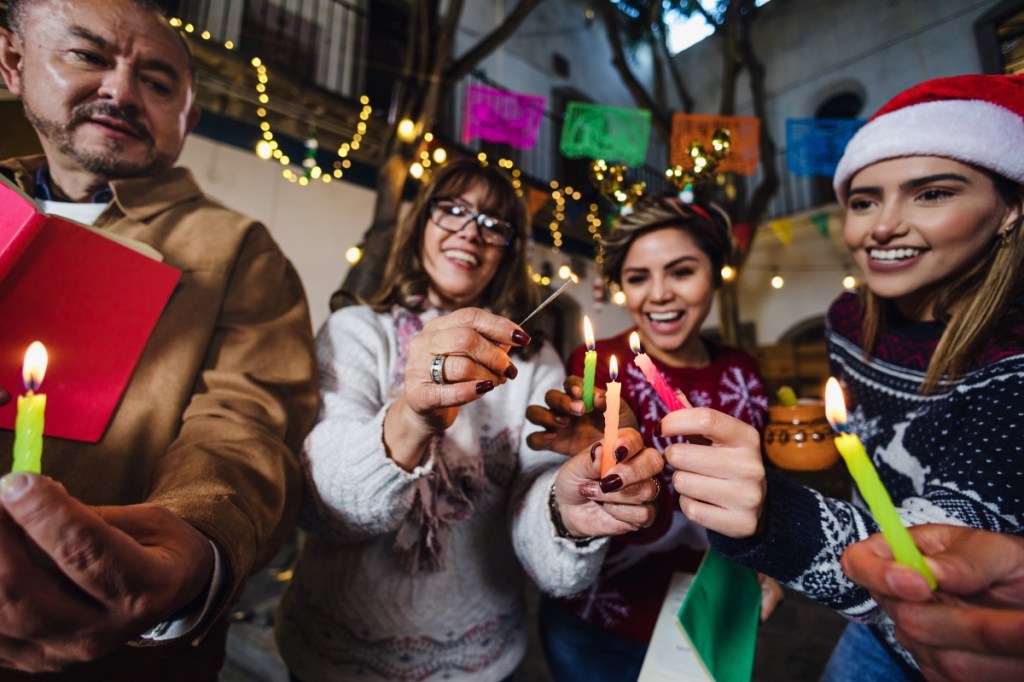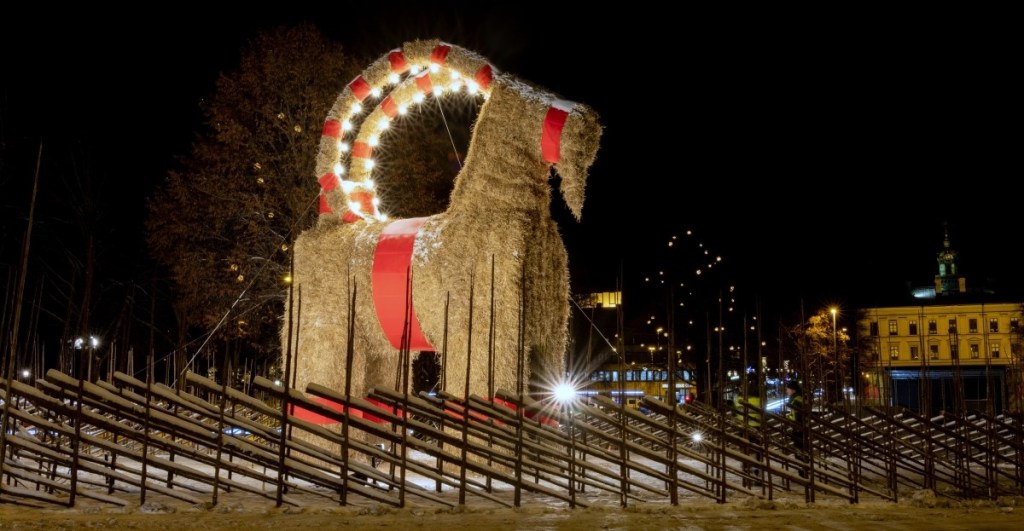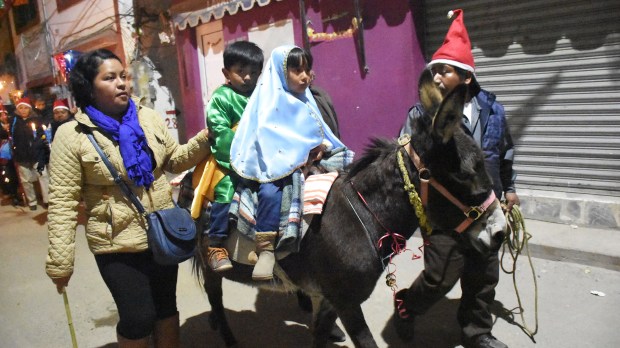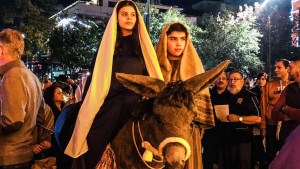Lenten Campaign 2025
This content is free of charge, as are all our articles.
Support us with a donation that is tax-deductible and enable us to continue to reach millions of readers.
Christmas in Europe is a festive season marked by a tapestry of rich traditions rooted in Catholicism. Each country adds its unique touch to the celebration, creating a mosaic of customs that reflect the cultural and religious diversity of the continent.
Here are 10 notable Catholic Christmas traditions across Europe, each associated with a specific country:
La Befana, Italy
La Befana is a beloved Italian Christmas character, often portrayed as a kind old witch. On the eve of Epiphany (January 5th), she delivers sweets and gifts to children who have been good throughout the year, commemorating the visit of the Wise Men to the baby Jesus.
Christkind, Germany
In Germany, the Christkind, or “Christ Child,” is a traditional Christmas gift-bringer. Often depicted as an angelic figure, the Christkind brings gifts to children on the evening of December 24, and its appearance is a central part of many German Christmas markets.

Las Posadas Procession, Spain
Las Posadas is a reenactment of Mary and Joseph’s journey to Bethlehem in search of lodging. This tradition involves processions, often organized by communities or churches, where participants go from house to house seeking “shelter.” The event typically culminates in a gathering with traditional Christmas songs, prayers, and refreshments.
Wigilia, Poland
Wigilia, the Polish Christmas Eve supper, is a cherished tradition. Families gather for a meal that begins with the breaking of the Christmas wafer (opłatek) and includes twelve meatless dishes, symbolizing the twelve apostles. It is a time for family, reflection, and sharing.
Cantar dos Reis (Singing of the Kings), Portugal
Cantar dos Reis is a Portuguese tradition where groups of friends or community members go door-to-door singing Christmas carols, often accompanied by traditional instruments. These carols, known as “Janeiras,” are dedicated to the Nativity and express good wishes for the household.
Jólabókaflóð, Iceland
Jólabókaflóð, or the “Christmas Book Flood,” is an Icelandic tradition where books are exchanged as gifts on Christmas Eve. Families then spend the evening reading their new books, fostering a love for literature and quiet, reflective moments. While this is not strictly Catholic in tradition, anything that promotes family time is definitely worth encouraging.
Boxing Day, United Kingdom
While Boxing Day on December 26 is not exclusively a Catholic tradition, it has historical ties to the Feast of St. Stephen. St. Stephen was the first Christian martyr, and his feast day is observed on December 26. Traditionally, Boxing Day in the UK was a time for charitable giving, with boxes placed in churches to collect donations for the less fortunate.
Santons in Provence, France
Santons are small, handcrafted Nativity figurines that are a hallmark of Christmas in Provence. The figurines represent various characters from village life and are displayed in elaborate Nativity scenes, adding a unique touch to the French Christmas tradition.

Gävle Goat, Sweden
In Gävle, Sweden, the construction of a massive Yule Goat made of straw has become a Christmas tradition. The Gävle Goat often attracts international attention, and locals place bets on whether it will survive without being set ablaze before Christmas. Although this is not exactly a Catholic tradition, it does encourage a sense of community, and that is something to embrace.
Kūčios, Lithuania
Kūčios is the traditional Lithuanian Christmas Eve dinner, featuring twelve dishes symbolizing the twelve apostles. Families gather for this elaborate meal, which includes fish, grain dishes, and desserts. The meal is preceded by a moment of reflection and sharing of wishes.
These Catholic Christmas traditions add a special layer of meaning and joy to the holiday season, connecting communities across Europe through shared faith and cultural practices.



